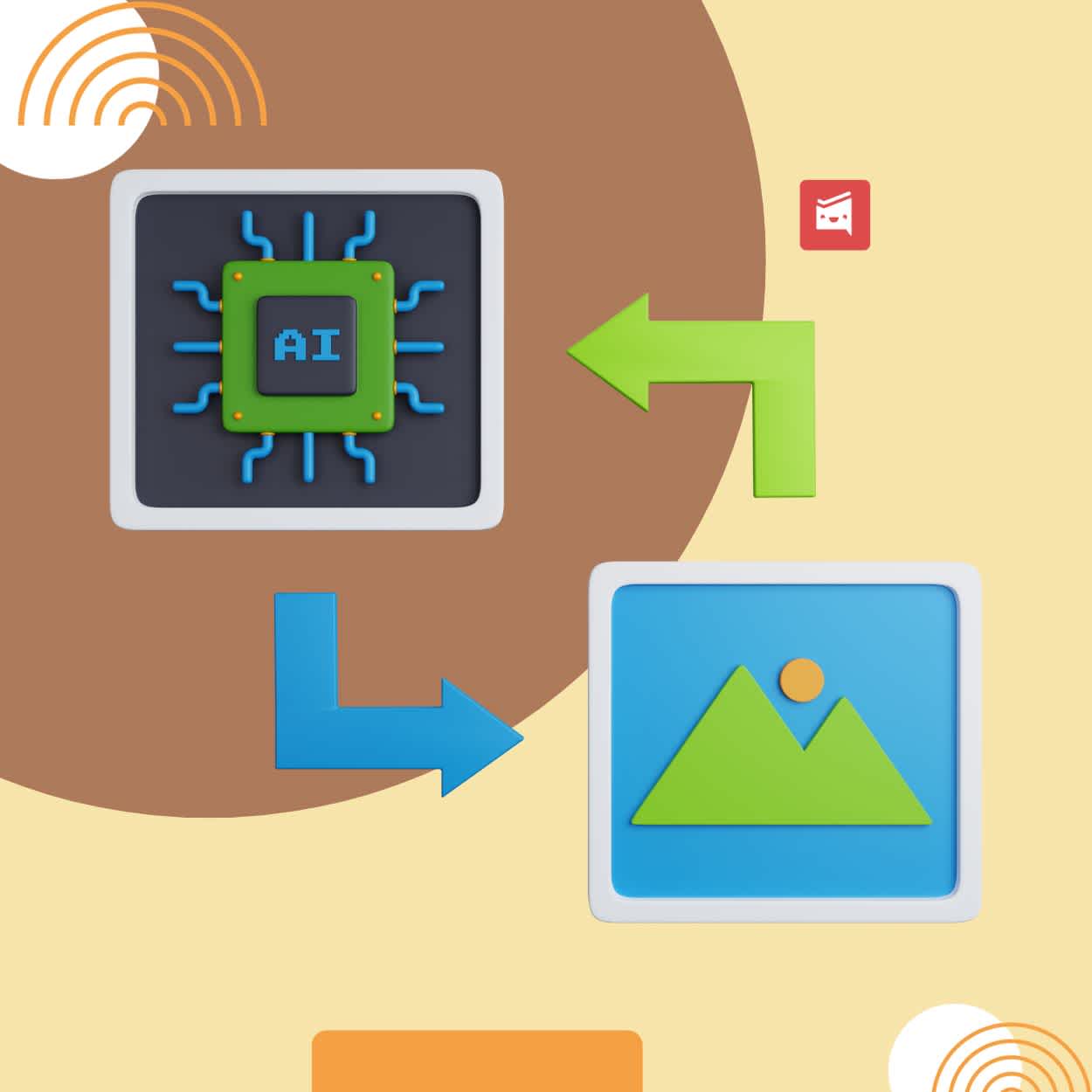The Evolution of Digital Art: Embracing Generative AI Image Tools for Your Business
ByJulian Gette
Workast publisher

Workast publisher
The world of art has experienced countless transformations throughout the ages, with each era birthing new forms and mediums. Digital art manifests contemporary innovations, transcending the traditional realms of brush and canvas. Here, you encounter the generative AI image creator, a tool that reshapes how you perceive and interact with art.
Digital art originated in the 1960s when artists began experimenting with emerging technologies. These pioneering individuals explored the synergies between art and technology, leading to the formation of the first computer-generated artworks. The artistic realm started to redefine itself, crafting new modes of expression through pixels and binary codes, a far cry from oil paints and chisels of yesteryear. Isn't it fascinating how art evolves in tandem with technological advancements?
Generative art denotes the use of algorithms and computational processes to create artwork. The artist builds a system with a degree of autonomy, allowing it to generate unique visual representations. This kind of art is not a new phenomenon; its roots can be traced back to the 1960s. Yet, in recent decades, it has reached unprecedented heights, reflecting the complex interplay between order and chaos.
AI plays a pivotal role in the journey of art's evolution, lending its capabilities to create intricate and captivating pieces. Artists and tech enthusiasts leverage AI to push the boundaries of artistic expression. By employing neural networks and machine learning models, creators breathe life into art pieces that resonate with human emotions and intellect, reflecting both the tangible and the intangible aspects of your existence. How profound is it that machines can mirror your deepest thoughts and feelings?
The generative AI image creator has become a revolutionary tool in the realm of digital art. This technology enables the synthesis of not only intricate visuals but also imbued with a sense of originality and spontaneity. It brings forth images that are the product of intricate algorithms, creating a dance between pixels and code to fabricate visuals never seen before. The beauty of this tool lies in its ability to offer limitless possibilities, allowing for the exploration of uncharted artistic territories.
Adobe Firefly experts say, “See what generative AI can do for your enterprise.”
The impact of AI-driven tools on the artistic community is colossal. Artists, freed from the constraints of traditional mediums, can explore unprecedented forms and expressions. These tools offer an expansion of the artistic language, enabling the conversation between artists and audiences to delve into newer, deeper dimensions. Furthermore, the accessibility of digital tools democratizes art creation, allowing more individuals to participate in the artistic discourse. Isn’t it empowering when art becomes a universal language, breaking barriers and fostering connections?
AI can also help in making creative AI Presentations for your project and facilitate the process of making presentations.
The evolution of digital art, marked by the emergence and integration of innovative tools like the AI image generator and the generative AI image creator, epitomizes the transformative synergy between art and technology. It provides a glimpse into the boundless creative possibilities, altering the methodologies of creation and the interpretive paradigms of art appreciation.
This amalgamation of the tangible and the digital signifies a metamorphosis in artistic expression and human thought, weaving a rich tapestry of experiences, emotions, and imaginations. As you traverse this ever-evolving landscape, the intertwined realms of code and canvas promise a future where creativity is ceaselessly expanded, allowing artistic spirits to explore, express, and resonate on higher, unprecedented planes.
